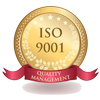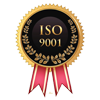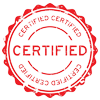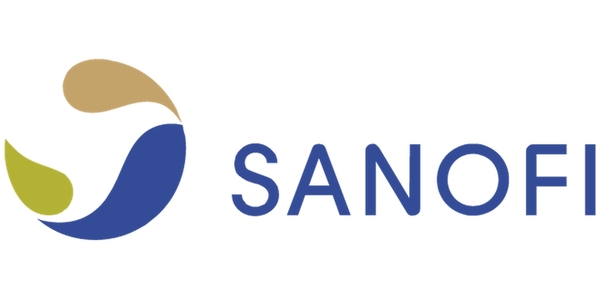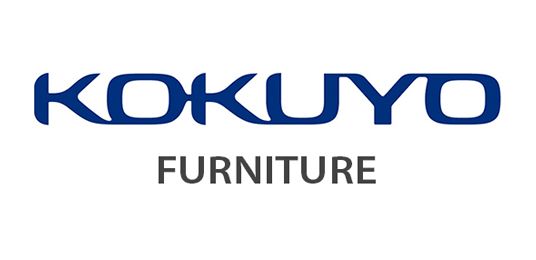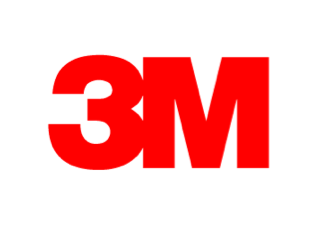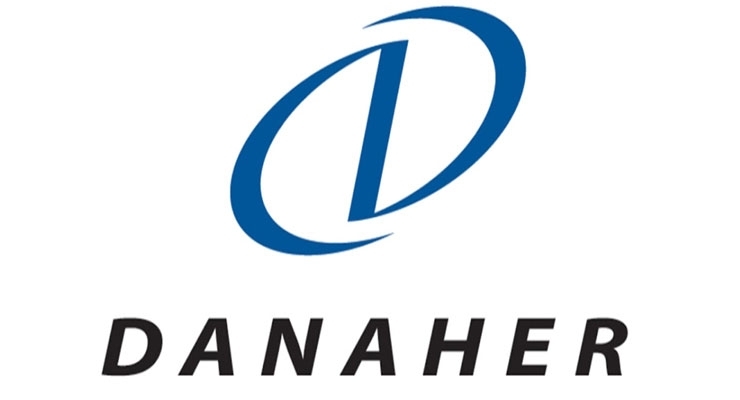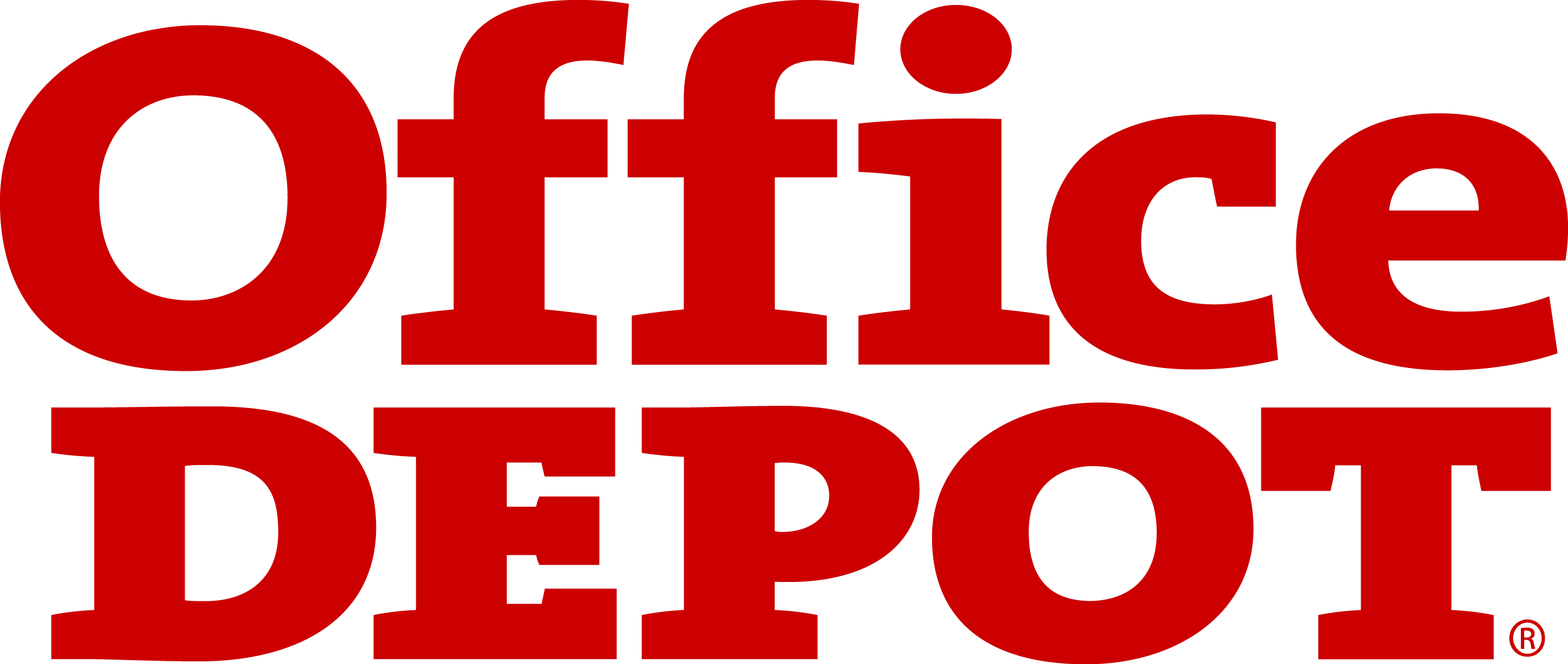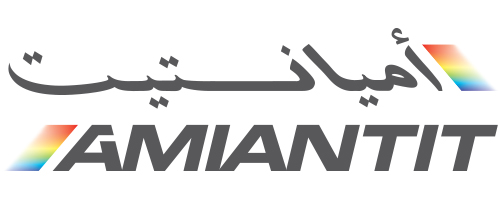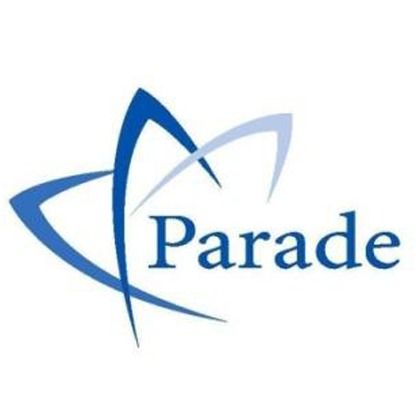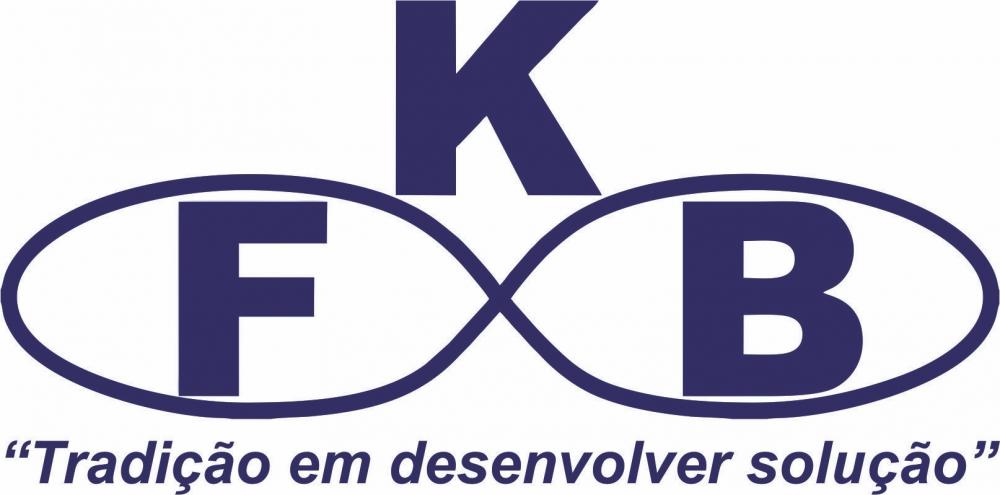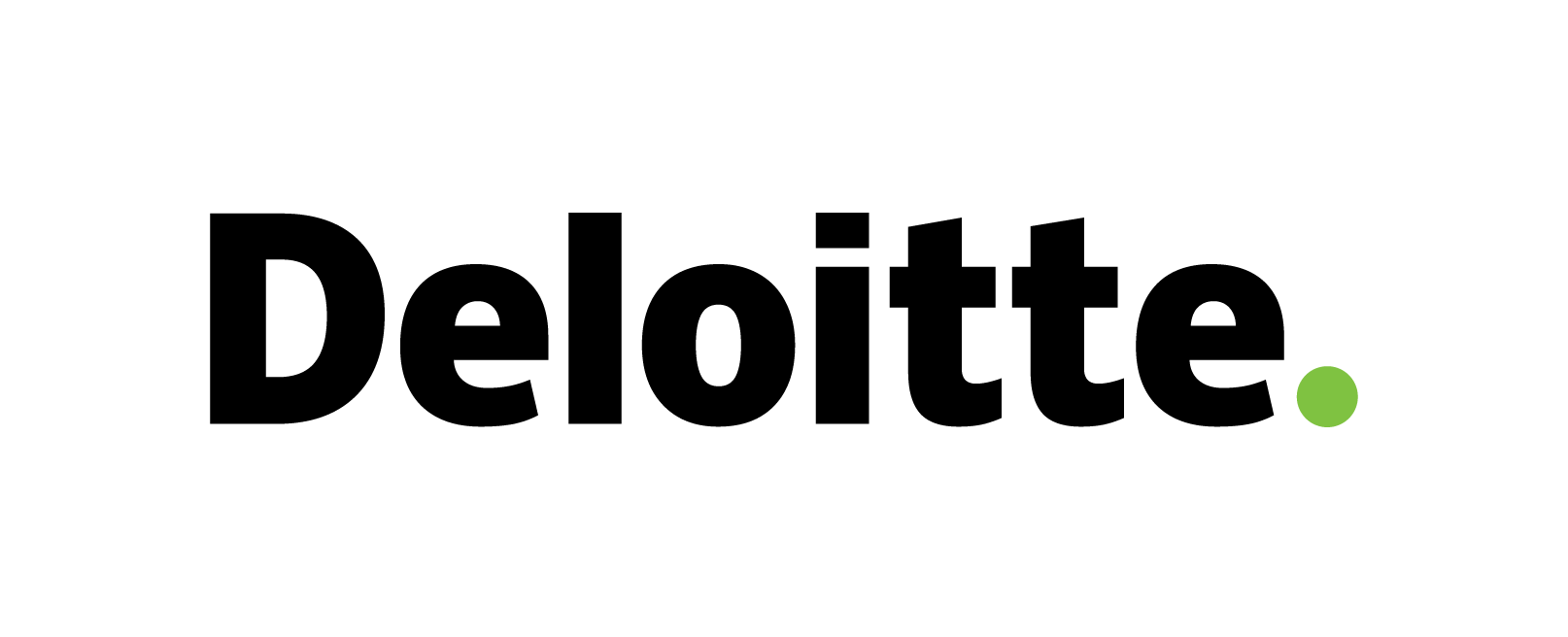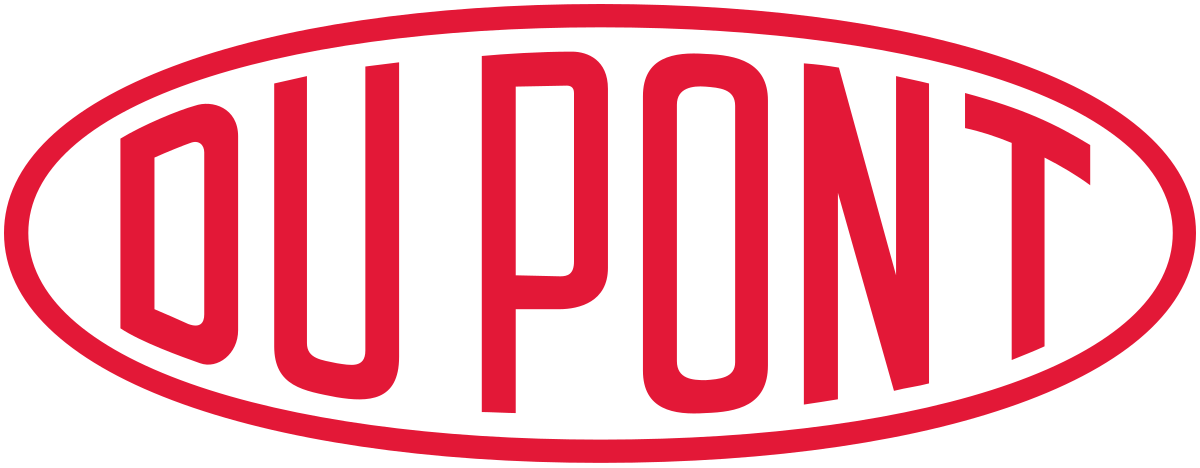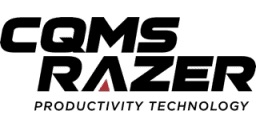Urea Cycle Disorder Treatment Market By Type of urea cycle disorder (Ornithine Transcarbamylase Deficiency(OTC), Argininosuccinic Acidemia(ASA), Citrullinemia); By Treatment modality (Medications, Diet and Dietary Supplements, Liver transplantation); By Region (North America, Europe, Asia Pacific, Latin America, Middle East & Africa) - Global Market Analysis, Trends, Opportunity and Forecast, 2022-2032
Urea Cycle Disorder Market Overview
The capacity of the body to reuse protein is impacted by a category of uncommon inheritable disorders known as urea cycle diseases. They are brought on by a deficiency in one of the enzymes necessary for the urea cycle, which is how the body gets rid of extra nitrogen in the blood. Ammonia builds up in the body as a result of this deficiency, which can be harmful to the brain and other organs. If not immediately addressed, these disorders can be fatal or cause comas.
Urea cycle disorders come in a variety of forms, such as ornithine transcarboxylase insufficiency (OTC), argininosuccinic acidemia (ASA), and citrullinemia. If not treated right away, these disorders can be fatal or cause comas.
Due to the rarity of urea cycle disorders, there is not a large need for them. The typical course of treatment includes a medication cocktail, healthy lifestyle adjustments, and occasionally liver transplantation. A low-protein diet and supplementation of certain amino acids to help the body utilise protein properly are the main treatments for urea cycle disorders. Liver transplantation can be required in extreme situations.
The firms BioMarin Pharmaceutical, Inc., Ultragenyx Pharmaceutical, Inc., and Amicus rectifiers, Inc. all create and produce medications for the treatment of urea cycle disorders. These businesses create and market particulars and other goods for the management of urea cycle disorders.
Urea Cycle Disorder Market Share
The global urea cycle disorder market size was worth USD 2.5 billion in 2023. It is expected to reach USD 3.5 billion by 2030, growing at an impressive CAGR 3.6% during forecast period of 2023-2030.
Since urea cycle disorders are uncommon and the market is modest, it is sensitive to provide statistics on market share for their treatment. Additionally, share markets might change based on the unique urea cycle complaint being treated and the product being administered.
The firms BioMarin Pharmaceutical, Inc., Ultragenyx Pharmaceutical, Inc., and Amicus rectifiers, Inc. all create and produce medications for the treatment of urea cycle disorders. It is unable to provide information on their specific market share without more context, however these firms provide and sell specialised medications and other goods for the treatment of urea cycle disorders.
Urea Cycle Disorder Market: Report Scope |
|
|
Base Year Market Size |
2022 |
|
Forecast Year Market Size |
2023-2032 |
|
CAGR Value |
3.6% |
|
Segmentation |
|
|
Challenges |
|
|
Growth Drivers |
|
Urea Cycle Disorder Market Key Drivers
Some key drivers of the market for urea cycle disorders are:
- Prevalence: Several significant drivers of demand for urea cycle disorders the frequency of urea cycle disorders, which are uncommon inheritable diseases, heavily influences the amount of the market.
- Development of new treatments: The creation of novel therapies, such as liver transplants and new medications, may increase demand.
- Increase in healthcare spending: Growing demand for urea cycle disorders may also be influenced by rising healthcare costs, particularly for uncommon diseases.
- Changes in reimbursement policies: The market may also be affected by modifications to payment plans, comparable as the lack of insurance coverage for the treatment of urea cycle disorders.
- Research and development: Growth in demand may also be fueled by investments made in research and development by businesses making treatments for the treatment of urea cycle disorders.
Urea Cycle Disorder Market Challenges
Some challenges faced by the market for urea cycle disorders are:
- Rare disease: It might be difficult for businesses to defend the high expense of discovering new medicines for urea cycle disorders because they are uncommon inheritable diseases.
- Limited treatment options: There are currently few therapeutic options for urea cycle disorders, which can be difficult for patients and their families.
- High cost of treatment: Treatment for urea cycle disorders can be expensive since it typically entails a mix of particulars, beneficial improvements, and possibly liver transplantation. Cases and their families may be financially impacted by this.
- Reimbursement issues: It might be difficult for patients and their families to obtain enough insurance coverage for the treatment of urea cycle disorders.
- Limited awareness: Rare and poorly understood urea cycle disorders might make it difficult for patients to acquire a diagnosis and access to care. As there may be a small case population to target, this might also provide a problem for businesses creating solutions to cure these disorders.
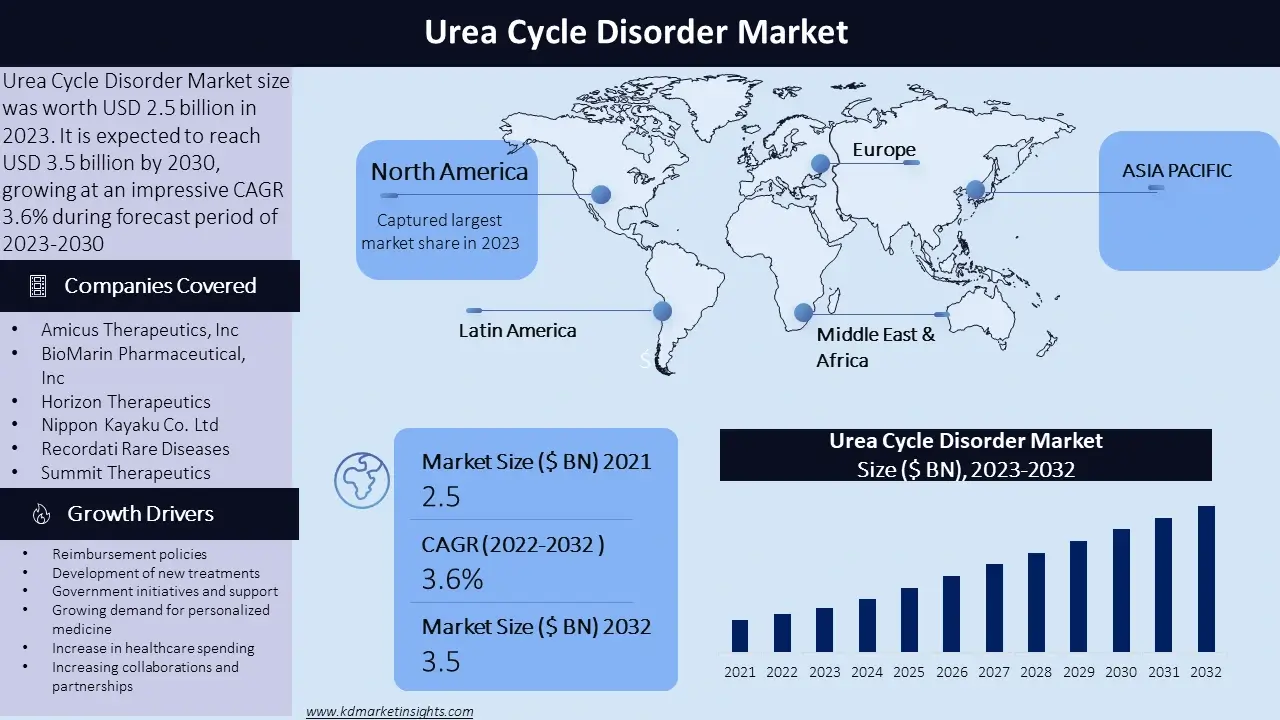
Urea Cycle Disorder Market Regional Synopsis
Rare inheritable disorders called urea cycle disorders can affect persons of any race and are prevalent all over the world. Urea cycle disorders are quite uncommon and globally similar, with little discernible regional variation in their frequency.
The firms BioMarin Pharmaceutical, Inc., Ultragenyx Pharmaceutical, Inc., and Amicus rectifiers, Inc. all create and produce medications for the treatment of urea cycle disorders. Despite having their roots in the United States, these businesses sell their goods globally.
The frequency of urea cycle disorders and the development of innovative therapies are the key drivers of this very tiny and globally comparable need. The market will likely meet obstacles due to the peculiar nature of these diseases, a lack of available treatments, the high cost of care, problems with financing, and a lack of mindfulness.
Urea Cycle Disorder Market Segmentation
The market for urea cycle disorders can be segmented in several ways:
By Type of urea cycle disorder
- Ornithine Transcarbamylase Deficiency(OTC)
- Argininosuccinic Acidemia(ASA)
- Citrullinemia
By Treatment modality
- Medications
- Diet and Dietary Supplements
- Liver transplantation
By Geographical Region
- North America
- Europe
- Asia Pacific
- Latin America
- Middle East and Africa
Several Key Players In The Market For Urea Cycle Disorders:
- BioMarin Pharmaceutical, Inc.
- Ultragenyx Pharmaceutical, Inc.
- Amicus Therapeutics, Inc.
- Takeda Pharmaceutical Company Limited
- Eisai Co., Ltd.

Need Customized Report for Your Business ?
Utilize the Power of Customized Research Aligned with Your Business Goals
Request for Customized Report- Quick Contact -
- ISO Certified Logo -
